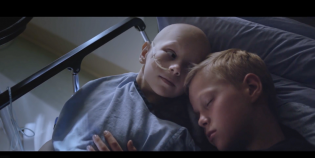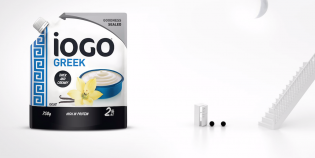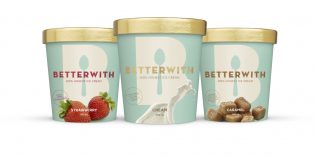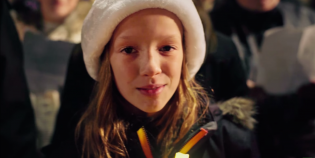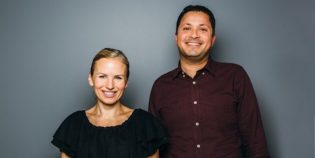 Leo Burnett’s Toronto office won an Outdoor Bronze Lion Tuesday night in Cannes for Raising the Roof, a national non-profit organization dedicated to fighting homelessness.
Leo Burnett’s Toronto office won an Outdoor Bronze Lion Tuesday night in Cannes for Raising the Roof, a national non-profit organization dedicated to fighting homelessness.
It was the lone Canadian win among the 14 entries shortlisted. It was a campaign Lion awarded for the four executions “Dog,” “Outside,” “Help” and “Job.”
Work for the Toronto-based charity has garnered the agency a number of awards show honours since winning the account in April, 2010. Most recently it won two golds at the Marketing Awards, though for earlier work than that awarded in Cannes.
April, 2010. Most recently it won two golds at the Marketing Awards, though for earlier work than that awarded in Cannes.
The Outdoor jury, led by Lo Sheung Yan, JWT’s executive creative director for north east Asia, awarded two Grand Prix. “Both of these were unanimous,” he said.
The two Grand Prix winners are studies in contrast. One is a very simple and traditional execution for Coca Cola, the other a truly innovative application of modern technology for Mercedes-Benz.
“#CokeHands” turned the soft drink’s iconic white ribbon into two hands passing a bottle of Coke from one to the other.
Yan called the ad, which ran without a logo, “a lovely expression of the brand’s philosophy.”
While Ogilvy Shanghai was responsible for the work, the poster was actually designed by a 20-year-old design student recruited by the agency. Jonathan Mak Long got the attention of designers around the world last summer after he created a tribute to Steve Jobs that went viral soon after Jobs’ death.
 “It’s a great example of how, as a company, we have learnt to not only embrace, but to actively cultivate content from all sources,” said Stephen Drummond, Coca Cola’s creative excellence director, Asia Pacific, when the ad was introduced.
“It’s a great example of how, as a company, we have learnt to not only embrace, but to actively cultivate content from all sources,” said Stephen Drummond, Coca Cola’s creative excellence director, Asia Pacific, when the ad was introduced.
The other Grand Prix was awarded to “The Invisible Drive” from digital hot shop Jung von Matt in Hamburg for producing an “invisible” car to promote the new Mercedes Benz F-Cell, a hydrogen-powered car ready for production.
Because the car has zero emissions, it is effectively invisible to the environment. Jung von Matt made it invisible to people as well.
One of the cars was covered on one side with mats of LED lights. On the other side a camera filmed everything, streaming it directly to the mats of LED lights so that people would see everything that was happening on the other side of the car in real time as it drove the streets.
There were lots of entries showing off technology, but “Invisible Drive” was not about “being cool or showing off,” said Yan. It was technology used to “amplify” the benefit of the product, “but so dazzling and eye-catching that you can’t take your eyes off of it,” he said.


